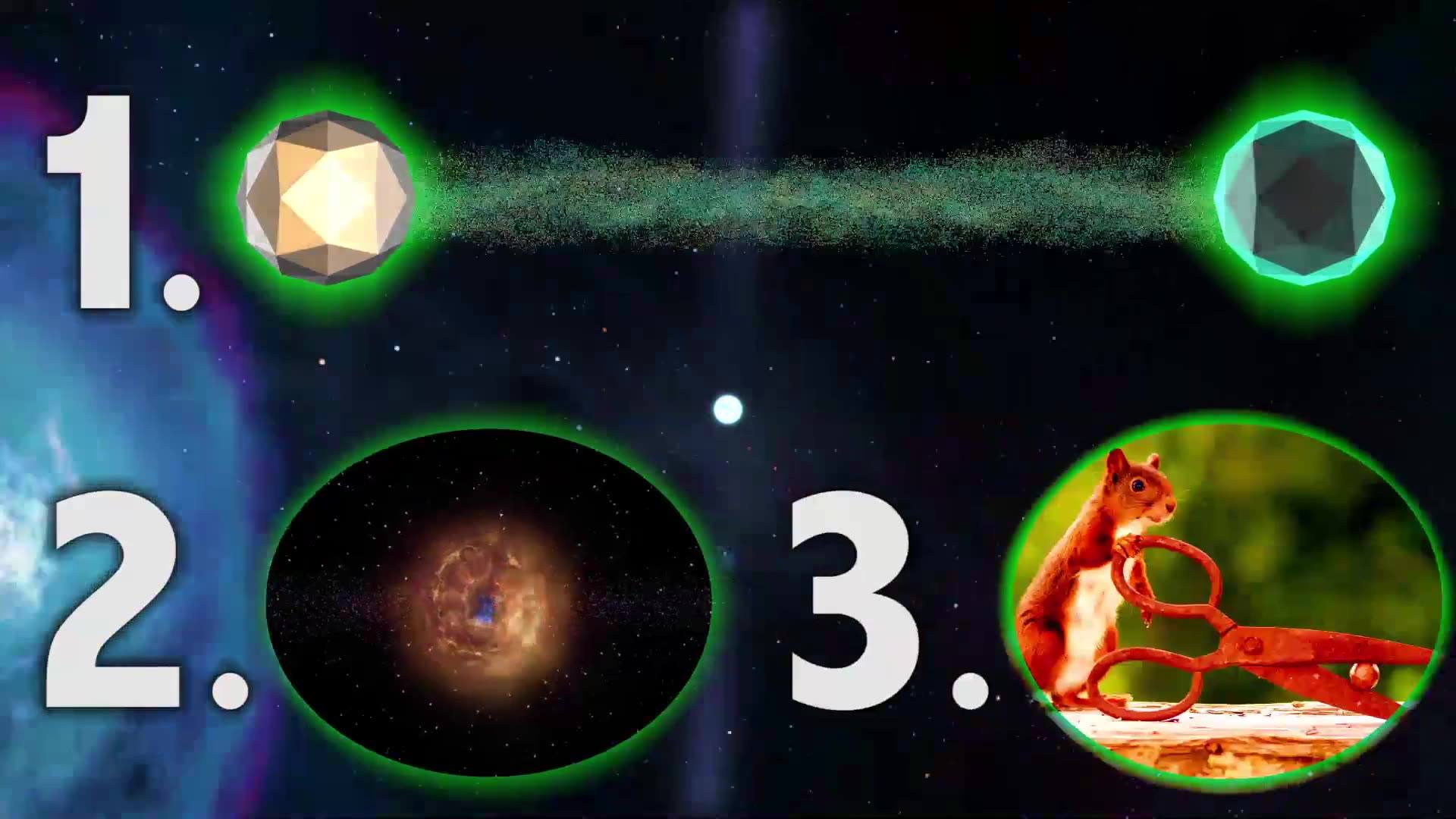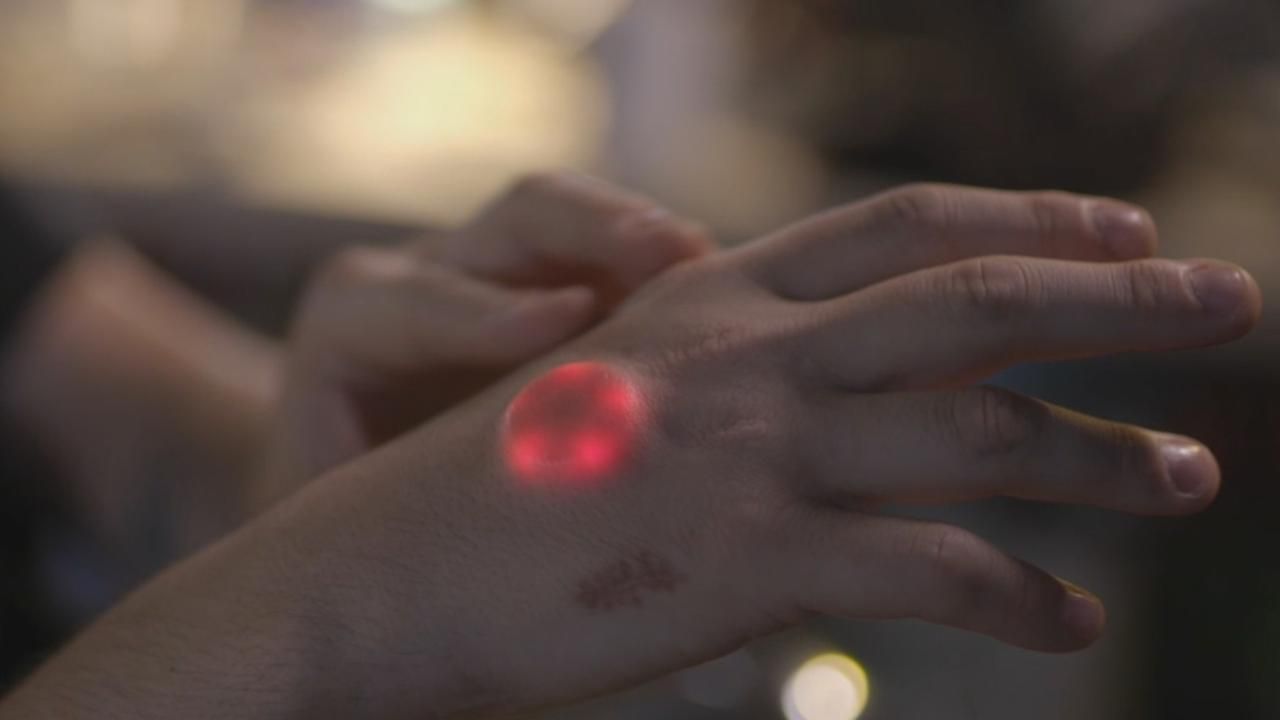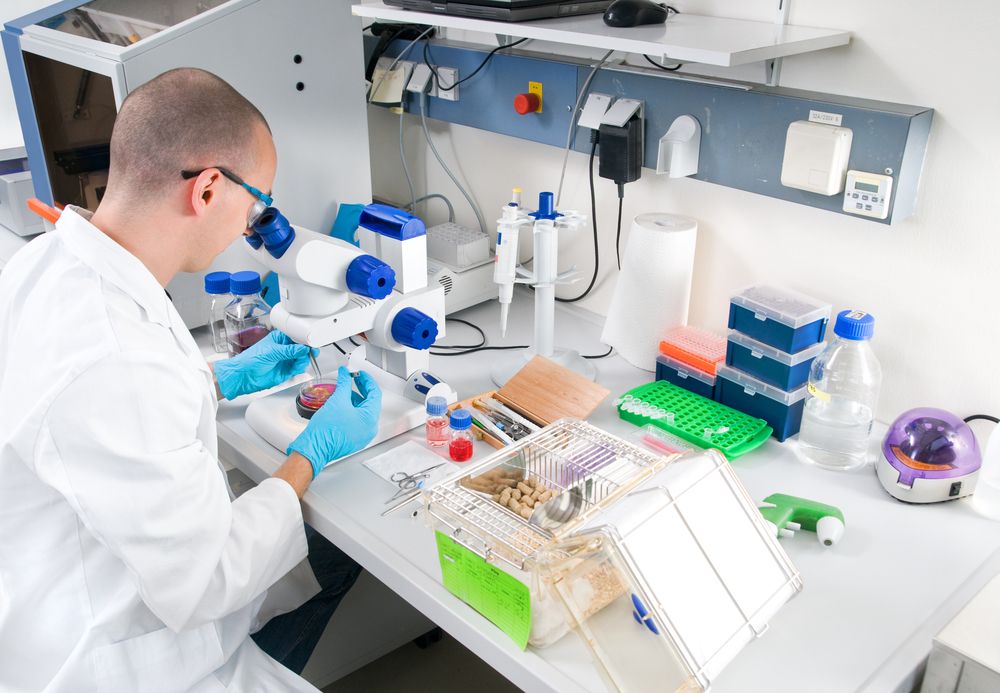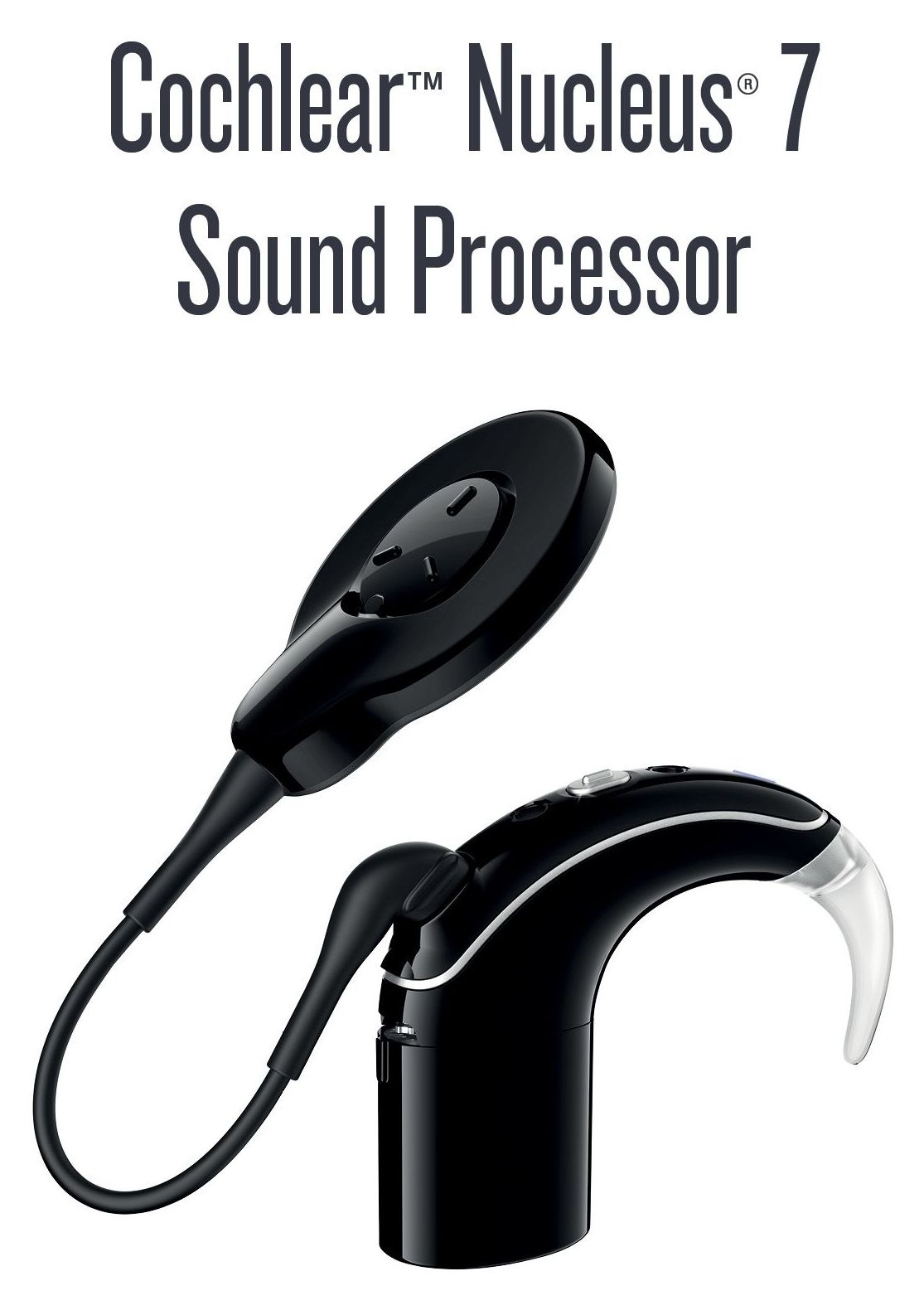Page 10255
Jul 28, 2017
Scientists discover nature’s algorithm for intelligence
Posted by Shailesh Prasad in categories: biotech/medical, genetics, information science, mathematics, neuroscience
But if there is some kind of unifying computational principle governing our grey matter, what is it? Dr. Tsien has studied this for over a decade, and he believes he’s found the answer in something called the Theory of Connectivity.
“Many people have long speculated that there has to be a basic design principle from which intelligence originates and the brain evolves, like how the double helix of DNA and genetic codes are universal for every organism,” Tsien said. “We present evidence that the brain may operate on an amazingly simple mathematical logic.”
The Theory of Connectivity holds that a simple algorithm, called a power-of-two-based permutation taking the form of n=2i-1 can be used to explain the circuitry of the brain. To unpack the formula, let’s define a few key concepts from the theory of connectivity, specifically the idea of a neuronal clique. A neuronal clique is a group of neurons which “fire together” and cluster into functional connectivity motifs, or FCMs, which the brain uses to recognize specific patterns or ideas. One can liken it to branches on a tree, with the neuronal clique being the smallest unit of connectivity, a mere twig, which when combined with other cliques, link up to form an FCM. The more complex the idea being represented in the brain, the more convoluted the FCM. The n in n=2i-1 specifies the number of neuronal cliques that will fire in response to a given input, i.
Continue reading “Scientists discover nature’s algorithm for intelligence” »
Ein Mensch sei er nicht mehr, sagt Neil Harbisson. Seit eine Antenne mit seinem Kopf verbunden ist, bezeichnet er sich als Cyborg. Gehört der Verbindung von Mensch und Maschine die Zukunft?
Jul 28, 2017
Replacing Lost Stem Cells Reverses Some of the Aging Process
Posted by Steve Hill in categories: biotech/medical, life extension
A research team led by Dr. Cai at the Albert Einstein college of medicine have shown that stem cells in the hypothalamus influence how fast we age. The new research, shown in mice, may lead to approaches that delay or even prevent age-related diseases[1].
Unfortunately like 70% of scientific research, this publication is behind a paywall, so those wishing to read will have to use the usual channels to obtain the publication. We discuss why paywalls are an unacceptable barrier to progress here in our interview with Sci-Hub.
Jul 28, 2017
This Private Island is a Floating Paradise
Posted by Shailesh Prasad in category: futurism

Jul 28, 2017
What Will Happen if You Eat 2 Bananas a Day
Posted by Shailesh Prasad in categories: food, health
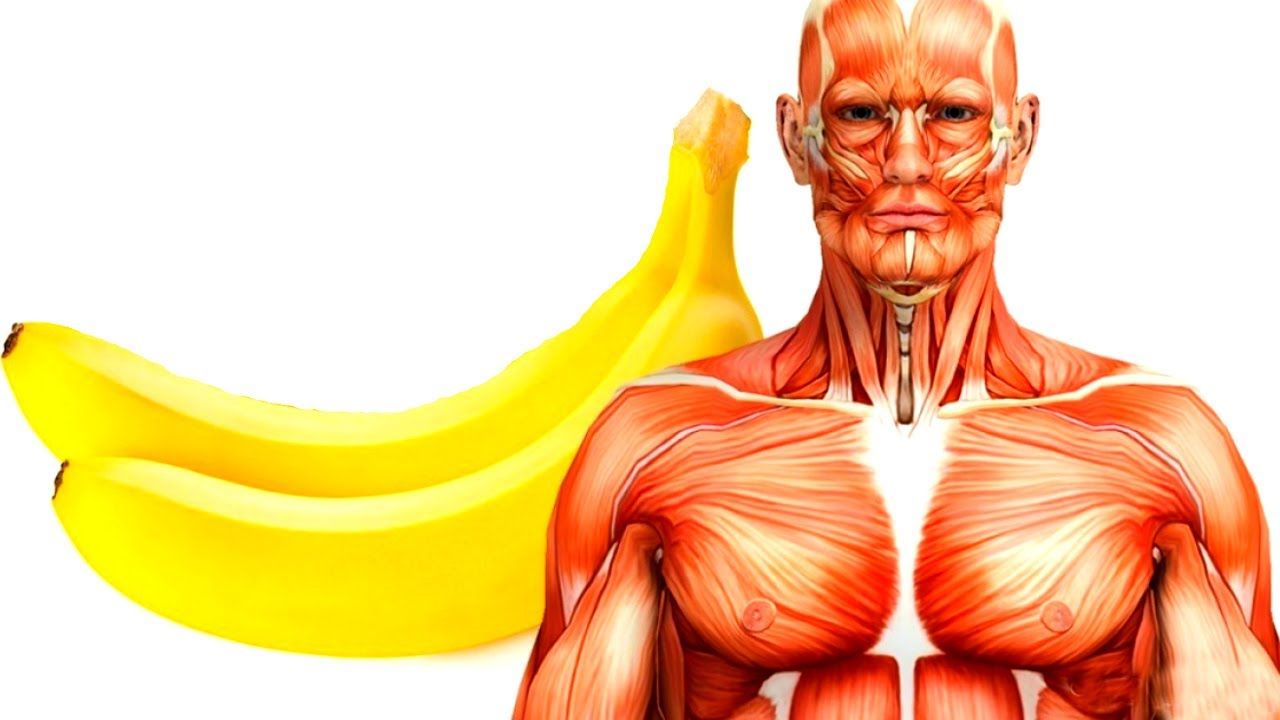
For copyright matters please contact us at: [email protected]
Healthy food isn’t always tasty. But with regards to bananas, this isn’t the case. Which is why it’s doubly pleasing to learn that they not only bring satisfaction to your taste buds but also a great many benefits to your health.
We at Bright Side have gathered together all the evidence showing why eating just two bananas a day can seriously improve your health.
Continue reading “What Will Happen if You Eat 2 Bananas a Day” »
Jul 28, 2017
Why the super-rich are ploughing billions into the booming ‘immortality industry’
Posted by Derick Lee in categories: bioengineering, biotech/medical, computing, life extension, mapping, neuroscience
Imagine a world in which you’re 90 years old and nowhere near middle-aged. An app on your phone has hacked your DNA code, so you know exactly when to go to the doctor to receive gene therapy to prevent all the diseases you don’t yet have. A microchip in your skin sends out a signal if you’re at risk of developing a wrinkle — so you step out of the sun and hotfoot it to your dermatologist. Every evening you sync your brain-mapping device with The Cloud, so even if you were caught up in a fatal accident you’d still be able to cheat death — every detail of your life would simply be downloaded to one of the perfect silicon versions you’d had made of yourself, ensuring you last until at least your 1,000th birthday.
This may sound like science fiction but it could be your fate — provided you can afford it. If current research develops into medicine, in the London of the future the super-rich won’t simply be able to buy the best things in life, they’ll be able to buy life itself by transforming themselves into a bio-engineered super-race, capable of living, if not forever, then for vastly longer than the current UK life expectancy of 81 years.
The science of turning back the clock has never been more advanced. In Boston, a drug capable of reversing half a lifetime of ageing in mice is about to be tested on humans in a medical trial monitored by NASA. NMN is a compound found naturally in broccoli which boosts levels of NAD, a protein involved in energy production that depletes as we get older. Professor David Sinclair, who headed up the initial research at Australia’s University of New South Wales, doses himself with 500mg daily, and claims that he has already become more youthful. According to blood tests analysing the state of the 48-year-old’s cells, prior to taking the pills Sinclair was in the same physical shape as a 57-year-old, but now he’s ‘31.4’.
Jul 28, 2017
Cochlear introduces the world’s first Made for iPhone cochlear implant sound processor
Posted by Klaus Baldauf in categories: innovation, mobile phones
CENTENNIAL, Colo., July 26, 2017 /PRNewswire/ — Cochlear Limited (ASX: COH), the global leader in implantable hearing solutions, introduces today its latest innovation, the Cochlear ™ Nucleus® 7 Sound Processor. Approved by the U.S. Food and Drug Administration (FDA) in June, the Nucleus 7 Sound Processor is the world’s first Made for iPhone cochlear implant sound processor and the smallest and lightest behind-the-ear cochlear implant sound processor available on the market.1–3
Jul 27, 2017
Robot flying taxi takes its first autonomous flight
Posted by Shane Hinshaw in categories: robotics/AI, transportation
Formerly known as the “Air Mule,” this is a flying taxi, or maybe a future unmanned ambulance.
Urban Aeronautics
Nine years ago, the Air Mule was an almost-believable concept: a flying robot taxi that could get people out of dangerous battlefields without endangering a pilot or crew. It was the exact sort of gizmo one expects from Popular Science: an amazing machine of the future, almost like a flying car, that seemed plausible but just out of reach.
Continue reading “Robot flying taxi takes its first autonomous flight” »

